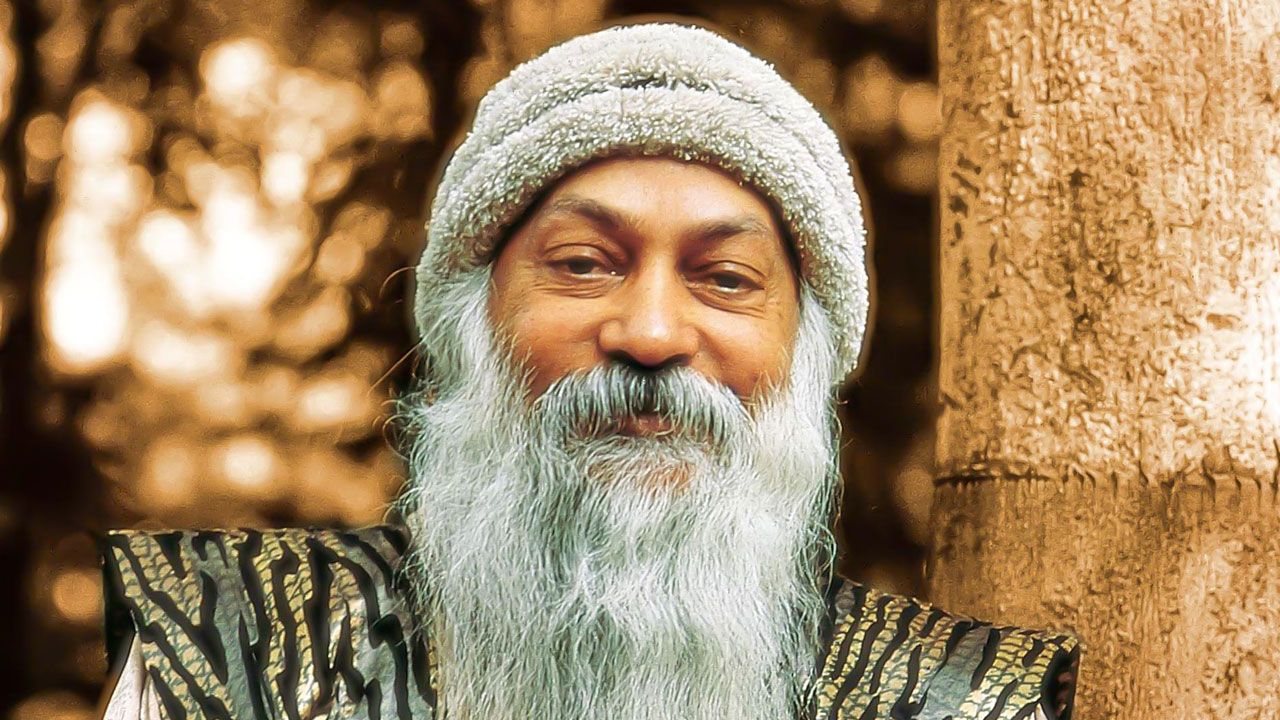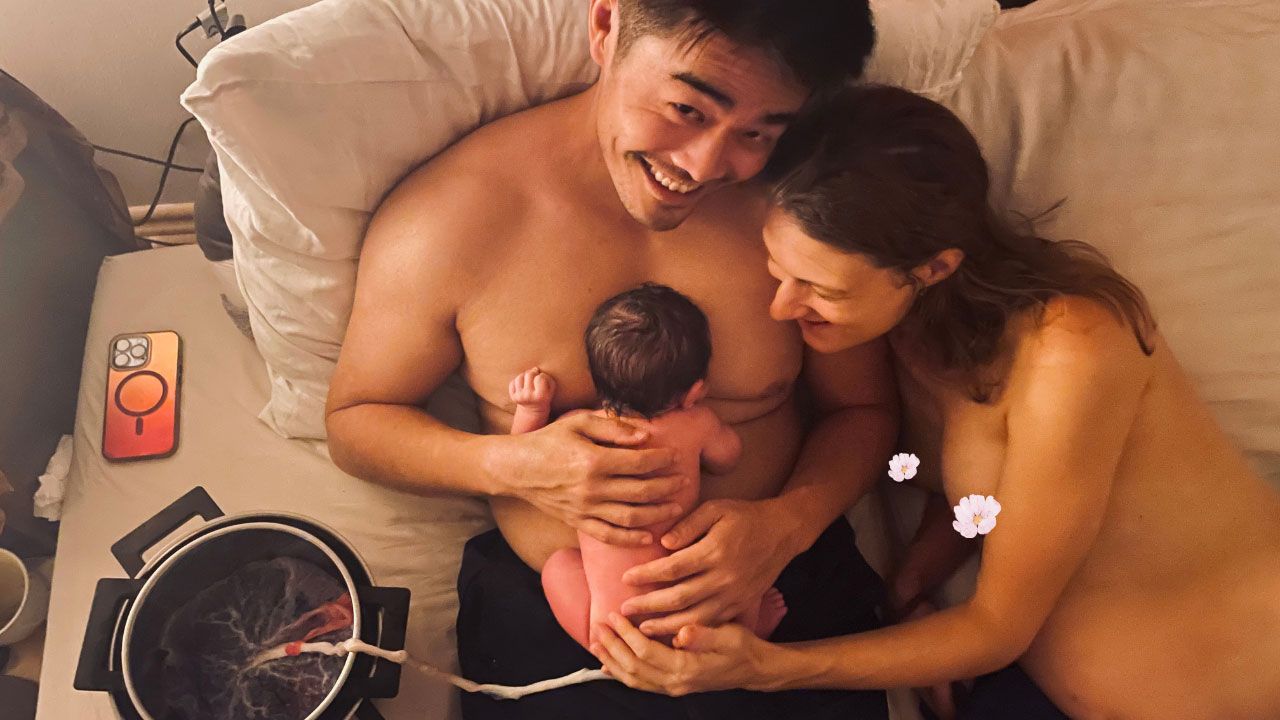Día de Muertos: A Cultural Celebration of Life and the Afterlife
Nov 11, 2024
This year, I came to Mexico with a purpose and clear intention. For years, I’d felt a profound fascination with Día de Muertos, drawn to the way Mexican people honor their loved ones who have passed, not with quiet mourning, but with an incredible vibrancy and full-bodied celebration.
Día de Muertos is a celebration of life as much as it is of death, a reminder that memory has the power to keep those we love close, even beyond physical presence. I wanted to experience firsthand the transmission of a culture that welcomes the spirits of the dead with love and joy, giving life to their memory through rituals, offerings, and community.
Born into the Spirit of Día de Muertos
This trip felt especially significant because I was born on the Day of the Dead, November 2nd, a day marked by openness between worlds, when spirits are welcomed back to join the living. In Mexico, the Day of the Dead celebration involves unique traditions and timelines, where families prepare for the festivities and honor the spiritual significance of the event.
This connection felt deeply personal, as though the significance of this day was woven into my being. I knew this journey wouldn’t just be about observing another culture’s holiday tradition; it would be about connecting to something meaningful within myself, a way to truly feel the power of love that lives on.
Remembering My Grandmother: A Loss That Shaped Me

Nine years ago, I lost my grandmother. She wasn’t only my grandmother; she was my best friend, my anchor, and the one person who saw and understood every part of me. She knew my secrets, celebrated every small success, and offered love that was as steady as it was unconditional. Her sudden passing felt like the ground being ripped out from beneath me. Losing her was more than losing a person; it felt like losing my true home, my safe place in the world.
Since then, every year on her death anniversary, waves of grief would wash over me, carrying with them the emptiness and hollow ache that her absence left behind. It was a weight that I carried each year, one that I had never been able to release. The pain of her loss seemed to linger, shadowing moments of joy and echoing in moments of silence. It felt as though there was no way to truly connect with her now that she was gone, only the memories that brought both comfort and sorrow.
Creating an Ofrenda: Honoring Her Spirit with Simple Offerings

As Día de Muertos approached this year, I felt a subtle but meaningful shift within me. Instead of simply mourning her loss, I felt drawn to honor her memory in a new way. I created a humble ofrenda for her, an altar with simple offerings meant to welcome her spirit. This act of crafting a space for her felt deeply comforting, as if I was reaching out to reconnect with her in a tangible way. On this small altar, I placed tokens of our memories together.
In Mexican tradition, the ofrendas, or dead altars, serves as a way to bring the spirits of loved ones back into the world of the living, creating a bridge that lets them be close once more. Families also create ofrendas to honor deceased children on November 1st, during Día de los Angelitos, with items that encourage their spirits to visit.
Each item I placed on this ofrenda felt like a piece of her, a way of saying, “I remember you; you are welcome here.” I realized that creating this space allowed me to feel her presence, not in sorrow, but in the simple act of welcoming her back. It was as if she was here with me, laughing with that same warmth, just as she always had.
Origins and History

The origins of Día de Muertos can be traced back to the indigenous cultures of Mexico, long before the arrival of the Spanish conquistadors. Ancient civilizations such as the Aztecs, Mayans, and Toltecs believed that death was a natural part of the cycle of life, and they honored their deceased ancestors with elaborate rituals and offerings.
With the arrival of the Spanish and the spread of Catholicism, the indigenous traditions were merged with the Catholic holidays of All Saints’ Day and All Souls’ Day, celebrated on November 1st and 2nd. This blending of cultures gave birth to the modern Día de Muertos, a unique fusion of pre-Hispanic and Catholic traditions.
Symbols and Iconography

One of the most iconic symbols is the calavera, or sugar skull. These intricately decorated skulls are often adorned with bright colors and elaborate designs, representing the beauty and vitality of life. They serve as a reminder that death is not something to be feared, but a natural part of existence.
Marigolds, known as “flowers of the dead,” are another essential element of the celebration. Their vibrant orange and yellow petals are believed to guide the spirits of the deceased back to their families’ homes. The scent of the marigolds is said to attract the souls, helping them find their way.
Traditional Mexican cuisine also plays a significant role in Día de Muertos. Pan de muerto, a sweet bread decorated with bone-shaped patterns, is a staple of the holiday. Families prepare their loved ones’ favorite foods and drinks, placing them on altars as offerings. These altars are adorned with photographs, candles, and personal items, creating a space where the living and the dead can reunite.
Experiencing Día de Los Muertos Day of The Dead Celebrations

On November 2nd, the day when Día de Muertos reaches its peak, I felt her presence in a way that I hadn’t in years. The Day of the Dead festivities were in full swing, with rich traditions and activities such as the preparation and sharing of food items like pan de muerto and tamales, and offerings made to honor deceased ancestors.
I went to a local cemetery, a space that overflowed with life and color, where families gathered around tombstones adorned with marigolds, candles, and offerings. This was not a place of quiet sorrow but a place filled with love, with laughter, and with the vibrant presence of those who had passed. People shared stories, laughed, and brought their loved ones’ favorite foods and drinks, filling the air with memories and connection.
Marigold petals lined the paths, said to help guide the spirits back to their families. Music played, creating an atmosphere that was both reverent and joyful. It was a festival of life within a place of death. As I sat there, surrounded by others celebrating their loved ones, I felt the line between life and loss start to soften. The love surrounding me felt boundless, a reminder that those who have passed remain close, woven into the lives of those who remember them.
Her Presence in The Oneness of All Things

As I sat there, reflecting and journaling, a sense of clarity dawned on me. My grandmother wasn’t “gone” in the way I had always felt. I realized that she had become part of something far greater, a vast oneness that held all things. She was beyond the limits of body and memory. She was not bound by the ups and downs of emotion, not experiencing sorrow when I was sad or joy when I was happy. Instead, she existed as pure presence, a gentle, constant love that embraced everything without attachment.
In that moment, I understood that she had merged into the very fabric of existence, a love that had no boundaries and required no form. She wasn’t watching over me in a way that I could see or feel as before, but she was simply there, as an unchanging presence of love and witness. It was like feeling her as part of every breath, part of the silence and stillness that had always been with me, but that I hadn’t recognized. Her spirit had become part of the oneness that holds everything.
The True Gift of Dia de Los Muertos: The Oneness of Life and Death
This realization was the gift of Día de Muertos. I came to see that, much like the teachings in Tantra, there is no true separation between life and death, between the sacred and the everyday. In Tantra, we are encouraged to embrace all experiences equally, without clinging to joy or resisting sorrow, seeing each moment as an expression of something far greater. Día de Muertos mirrored this teaching back to me in a powerful way.
My grandmother was not bound to a single moment or memory; she was part of the great oneness, the source itself. Her presence didn’t rise and fall with my emotions. She was simply there, witnessing with love, a guiding presence that invites me to find this oneness within myself.
As this understanding unfolded, I felt the sharpness of her absence dissolve. The ache of longing softened into something else, a quiet peace that no longer required holding onto grief. I realized she hadn’t truly “left” but had simply taken her place in the universal pulse, a presence that invited me to remember the love and oneness we all come from. Día de Muertos had shown me a path to honor her, not through sorrow, but through a celebration of the love that remains, a love that holds all things.
An Invitation to Transform Grief through Connection

If you’re carrying the weight of grief, I invite you to explore this beautiful tradition or create your own way of honoring those you have lost. Día de Muertos offers a chance to connect with loved ones beyond sadness, to feel their spirits woven into the aliveness of everything. This tradition guides us back to love, showing that those we’ve lost are not truly gone; they’re part of every moment, every joy, every sorrow, reminding us to embrace all of life as a journey back to oneness.
Creating an ofrenda, or simply setting aside time to remember those who have passed, can become a way to invite their presence into our lives. Día de Muertos reminds us that those we love are not separate from us; they live on in every memory, every quiet moment, every heartbeat. It’s a tradition that calls us back to connection, to the love that flows beyond time and form.
Differentiating Día de Muertos from Halloween

Though Día de Muertos and Halloween both occur around the same time of year, they differ in origin, tradition, and meaning. Halloween has roots in the ancient pagan festival of Samhain, where families would visit cemeteries, honoring their ancestors and marking the transition from harvest to winter. Over time, Halloween was transformed by American consumerism, evolving into a holiday often centered on costumes, trick-or-treating, and decorative displays.
The Dead Parade

One of the most spectacular expressions of Día de Muertos is the Dead Parade, or Desfile de las Ánimas, held in Mexico City and other parts of Mexico. This vibrant event features elaborate floats, giant puppets, and traditional Mexican music and dance. The parade is a celebration of the lives of the deceased, transforming the streets into a colorful and joyous festival.
Participants often dress as calaveras, with painted faces and elaborate costumes, embodying the spirit of the holiday. The parade is accompanied by traditional foods, drinks, and other festivities, creating an atmosphere of communal celebration. The Dead Parade is a unique and captivating expression of Mexican culture, offering a glimpse into the rich traditions of Día de Muertos.
In Conclusion
Día de Muertos has reshaped my understanding of loss. It has shown me that death is not an end, but a transformation, a return to the oneness that holds all of life. My grandmother’s spirit lives on, not only in my memories but as a gentle presence that invites me to feel her with each breath, each moment. This tradition has given me a peace I didn’t know was possible, a reminder that love never truly leaves us.
To anyone who feels the ache of loss, know that love endures. Día de Muertos offers a way back to that love, reminding us that those who have passed remain with us, woven into every part of life. Through Día de Muertos, we learn that we are never truly alone, and that the spirits of those we love are always with us, held by the oneness that flows through all things.
FAQ
What is Day of the Dead actually a celebration of?
Day of the Dead celebrations, or Día de Muertos, is a Mexican tradition that celebrates the memory and lives of those who have passed away. Rather than focusing on mourning, it is a joyful occasion marked by family gatherings, altars, and offerings. The belief is that during this time, the spirits of the deceased return to spend time with their loved ones. It’s a celebration of life, remembrance, and the ongoing connection between the living and the dead.
How do Mexicans celebrate the Day of the Dead?
Mexicans celebrate Día de Muertos with colorful decorations, including marigolds, candles, and intricately designed sugar skulls. Families create ofrendas (altars) in their homes or at cemeteries, adorned with photographs, favorite foods, and personal items that belonged to the departed. Celebrations often include music, storytelling, and sharing memories to honor the lives of those who have passed. Many visit cemeteries to clean and decorate graves and to spend time celebrating the lives of their ancestors.
Do Spanish celebrate the Day of the Dead?
In Spain, Día de Muertos isn’t traditionally celebrated in the same way it is in Mexico. However, Spanish people observe Día de Todos los Santos (All Saints’ Day) on November 1, which is a day to honor deceased loved ones. This observance is typically more somber, with families visiting cemeteries to clean and decorate graves. While there are some similarities, the joyful, colorful traditions of Día de Muertos are unique to Mexican and Latin American culture.
Is Day of the Dead always Nov. 1?
Día de Muertos is traditionally observed over two days, November 1 and November 2. November 1 is known as Día de los Inocentes or Día de los Angelitos, a day dedicated to honoring children who have passed away. November 2 is Día de los Muertos, which focuses on remembering adults. Together, these two days form the complete celebration of Día de Muertos, when families welcome and honor the spirits of their departed family members and loved ones.















